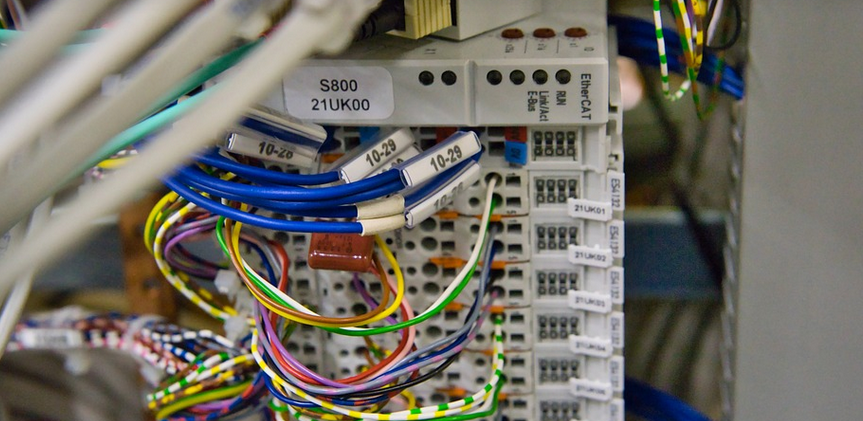Streamlining Research with Efficiency
High-throughput protein purification has become a cornerstone of modern laboratory research, offering unprecedented efficiency and scalability to tackle challenging scientific puzzles. By automating traditional purification methods, researchers can process large quantities of samples simultaneously, accelerating discovery and innovation across various fields, from drug development to basic biological research.
Imagine a world where the time-consuming manual labor involved in purifying proteins is significantly reduced. High-throughput protein purification technologies are bridging this gap, paving the way for faster and more cost-effective lab work. This revolution in laboratory procedures has enabled researchers to make significant progress in areas such as drug discovery, disease diagnostics, and biofuel research.
Traditional protein purification methods have long been a bottleneck for many researchers, often requiring hours of meticulous effort with specialized equipment. However, the advent of high-throughput technology is changing the game entirely. Instead of relying on manual techniques, these advancements utilize automated systems to isolate proteins from complex mixtures—a process that can be completed in minutes or even seconds.
The benefits of adoption are multifaceted. Firstly and most importantly, this technological leap allows for an exponential increase in sample throughput, enabling researchers to analyze a significantly higher volume of samples within the same time frame. This translates into quicker results, leading to faster research cycles and accelerated breakthroughs. Secondly, high-throughput purification simplifies processes like protein binding, chromatography, and filtration, reducing labor, errors, and inconsistencies that were previously inherent in manual methods.
One of the most crucial aspects of high-throughput protein purification is its ability to provide a standardized and reliable approach. This eliminates the variability often encountered when relying on subjective human judgment for sample handling and processing. Automated systems ensure consistency across experiments, ensuring reproducible results and paving the way for accurate analysis. Furthermore, these technologies can be seamlessly integrated with other analytical techniques, such as mass spectrometry and NMR spectroscopy, further enhancing research capabilities.
However, the journey toward utilizing high-throughput protein purification isn’t without its challenges. Implementing automated systems requires significant technical expertise and investment in specialized equipment. While initial costs might seem daunting, the long-term benefits outweigh the upfront expenses when considering increased efficiency, reduced error rates, and faster time-to-result.
Beyond the practical advantages, high-throughput protein purification is poised to revolutionize research methodologies across various disciplines. For instance, in pharmaceutical research, it can expedite drug development by facilitating large-scale screening of potential therapeutic candidates. In biology, these technologies can accelerate the identification and characterization of disease-related proteins, leading to breakthroughs in personalized medicine.
While the application of this technology has already proven its worth in various fields, the future holds exciting possibilities for even greater advancements. As researchers continue to refine existing methods and explore novel approaches, we can expect to see further improvements in automation, sensitivity, and throughput. This ongoing evolution promises to unlock new avenues of scientific discovery and innovation, propelling research forward towards a brighter future.
